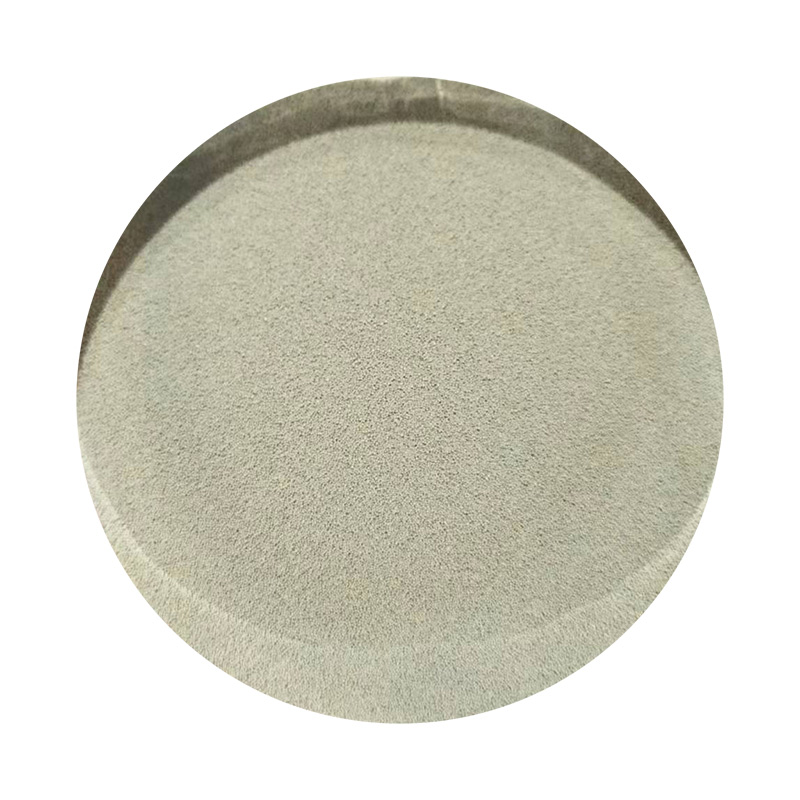The Art and Science of Sand Casting
Sand casting, one of the oldest and most versatile manufacturing processes, holds a significant place in the world of metal production. Its roots can be traced back thousands of years, embodying a blend of both artistry and engineering that has led to its continued use in modern industry. From intricate designs to large-scale components, sand casting is a fundamental technique in the fabrication of metal parts in various sectors.
At its core, sand casting involves creating a mold from sand, which is then filled with molten metal to produce a desired shape. The process begins with the preparation of the sand mixture, typically comprising sand, clay, and water. This combination gives the sand its binding properties, allowing it to hold the shape of the mold. The sand is molded around a pattern that represents the final product. Once the sand hardens, the pattern is removed, leaving a cavity in the shape of the object to be cast.
One of the primary advantages of sand casting is its ability to accommodate complex geometries. Unlike other casting methods that require more rigid molds, sand molds can easily be shaped and adjusted to create detailed features. This flexibility allows manufacturers to produce parts that would be difficult or impossible to achieve through other methods. The process is also suitable for casting large parts, such as engine blocks and large turbine housings, making it indispensable in industries like automotive, aerospace, and heavy machinery.
Another notable benefit of sand casting is its cost-effectiveness
. The materials used in the process, primarily sand and clay, are relatively inexpensive compared to metals and other casting materials. Additionally, the low tooling costs associated with sand molds make this process advantageous for small to medium-sized production runs. This affordability does not come at the expense of quality; when executed correctly, sand casting can produce high-quality components with acceptable tolerances and excellent surface finishes.sand cast

However, like any manufacturing process, sand casting comes with its challenges. The variability of sand and moisture content can lead to defects such as sand inclusions or surface roughness. To mitigate these issues, manufacturers are increasingly turning to technological advancements, including computer-aided design (CAD) and simulation software. These tools allow engineers to predict potential defects and optimize the mold design before actual production begins, ensuring higher quality outcomes and reducing waste.
Sustainability is another important aspect of modern sand casting practices. Traditional methods often resulted in significant waste, as used sand would be disposed of after each cast. Today, many foundries are implementing recycling processes to reuse sand and reduce environmental impact. Innovations such as eco-friendly binders and water-based coatings are also becoming more common, further minimizing the ecological footprint of sand casting operations.
The future of sand casting is bright, as advancements in technology continue to enhance the capabilities and efficiencies of the process. The integration of 3D printing into sand casting allows for rapid prototyping and the creation of complex molds that were previously difficult to achieve. This fusion of traditional techniques with modern technology not only expands the design possibilities but also accelerates production timelines.
In conclusion, sand casting stands as a testament to the enduring nature of traditional manufacturing processes in a rapidly evolving industrial landscape. Its combination of versatility, cost-effectiveness, and adaptability positions it as a vital method for producing a wide range of metal components. As industries continually seek innovative ways to meet demands for efficiency and sustainability, sand casting is likely to remain a key player, blending age-old techniques with cutting-edge technology to forge the future of manufacturing. Whether it's for creating finely detailed sculptures or robust industrial parts, sand casting will continue to play an essential role in shaping our material world.
Post time:ديسمبر . 18, 2024 04:39
Next:heath ceramics sand
